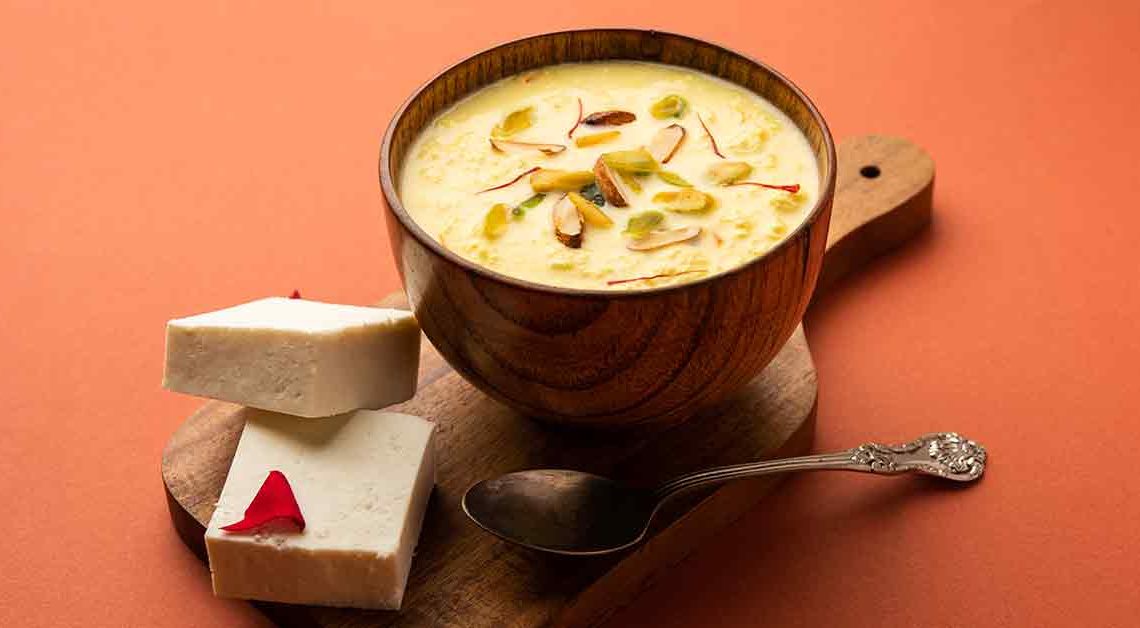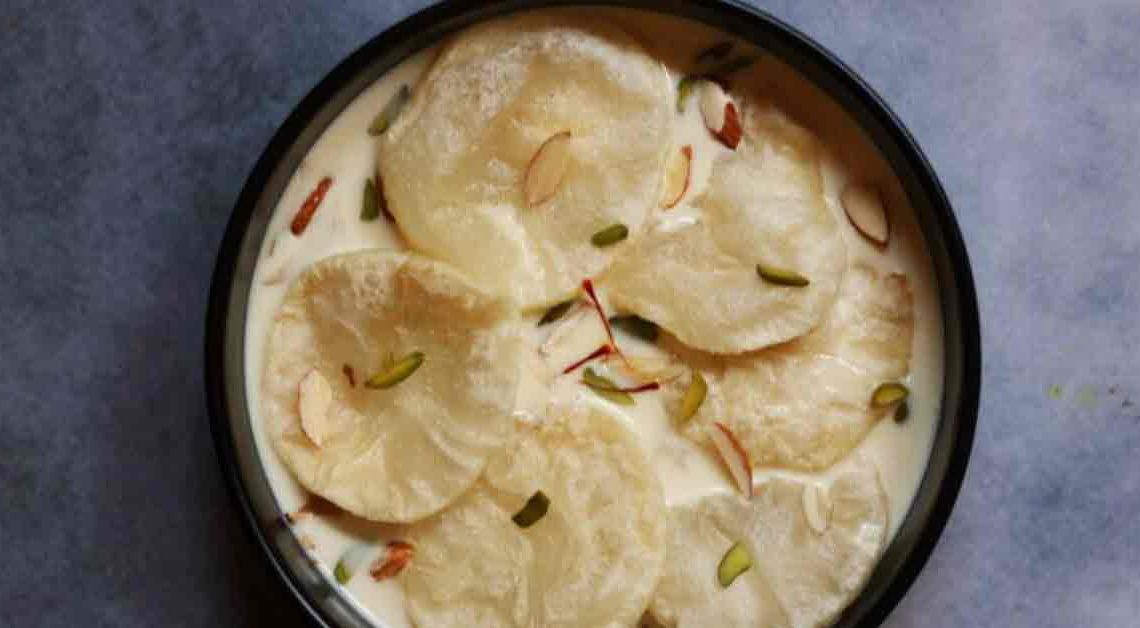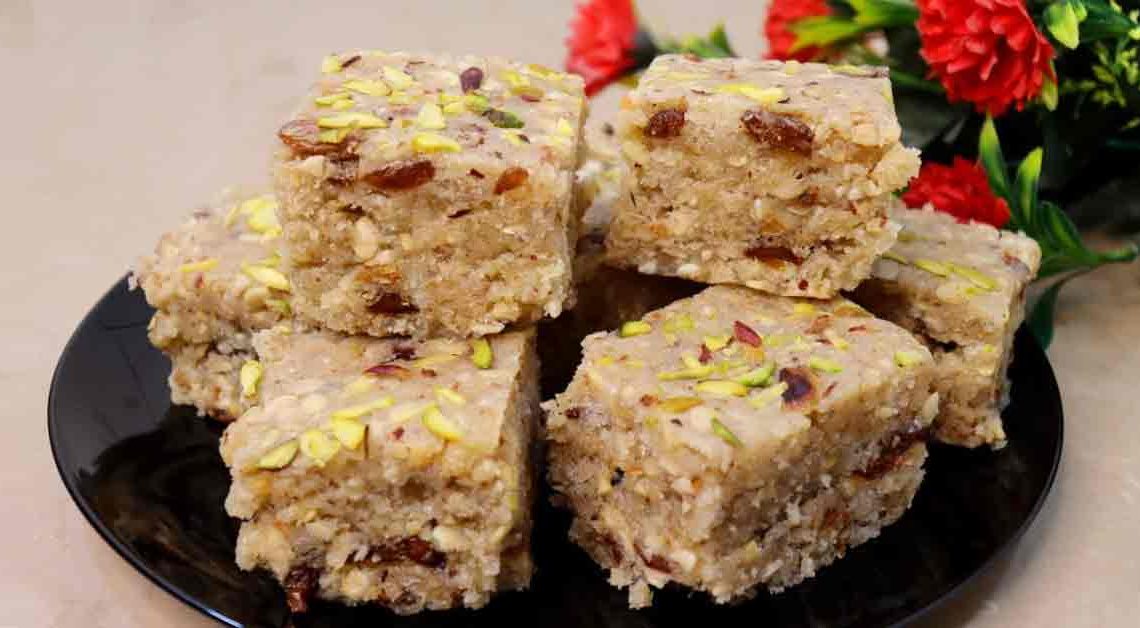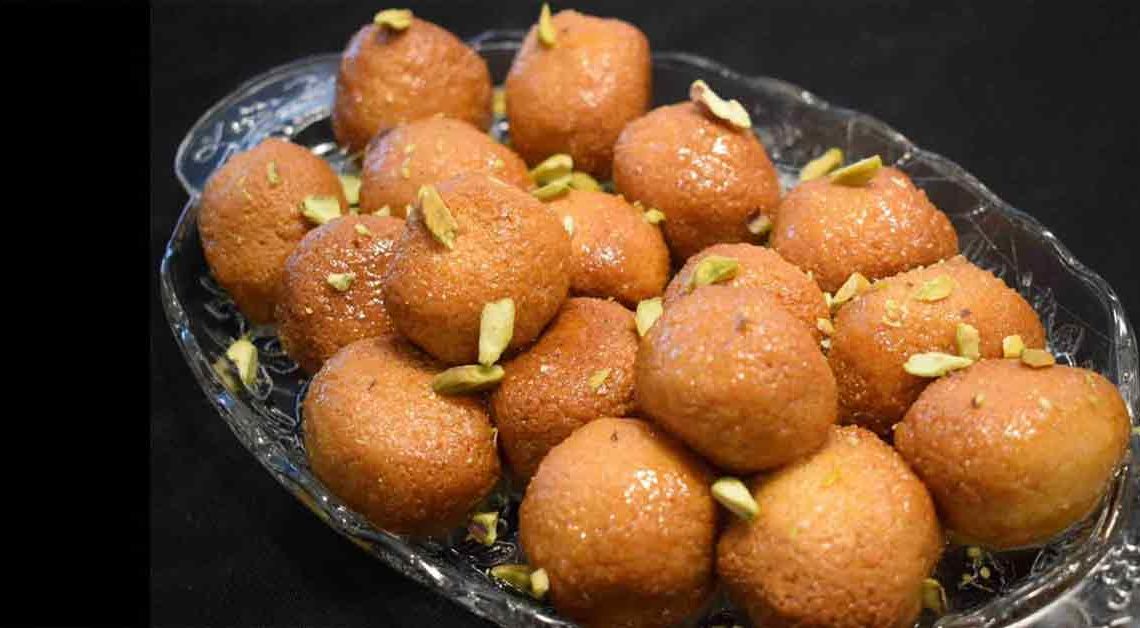Explore the Magic of Paneer Payasam

Welcome to Mithainama! a world of sweet indulgence and culinary wonders! Today, we embark on a delicious journey that combines tradition with innovation, taking you on a flavor-packed adventure through the heart of Indian cuisine. Our destination? The irresistible Paneer Payasam!
Paneer Payasam, a delightful Indian dessert, brings together the velvety richness of paneer (Indian cottage cheese) with the sweetness of milk, the fragrance of cardamom, and the crunch of roasted nuts. This dessert is a true symphony of textures and flavors, making it a must-try for both the sweet-toothed and the dessert aficionados.
But that’s not all! We’ll also share heartwarming stories and personal anecdotes that celebrate the role of this delightful dessert in Indian culture, from festive gatherings to intimate family dinners.
So, if you’re ready to tantalize your taste buds and experience the magic of Paneer Payasam, stay tuned for a culinary adventure like no other.
Origin of Paneer Payasam
Paneer Payasam, also known as Paneer Kheer, is a delightful Indian dessert that combines the creamy goodness of paneer (Indian cottage cheese) with the sweetness of milk and the flavors of cardamom and nuts. While the exact origin is not well-documented, it is deeply rooted in Indian culinary traditions and has been enjoyed for generations.
The concept of Payasam or Kheer, which refers to a sweet, creamy pudding-like dessert, has a long history in India and is mentioned in ancient Indian texts. The use of dairy products like milk and various forms of cheese in Indian sweets dates back centuries. Paneer, in particular, has been a staple in Indian cuisine for a very long time, with references to it found in ancient texts like the Vedas.
While the precise origin story may remain elusive, it continues to be a beloved dessert in India, appreciated for its taste, texture, and the cultural significance it holds in the country’s culinary heritage.
History of Paneer Payasam
Paneer Payasam, a delectable Indian dessert, has a rich history intertwined with the cultural and culinary heritage of India. Although the exact is not well-documented, we can trace its roots through the broader history of Indian sweets and dairy-based desserts.
The tradition of preparing sweet, creamy dishes like Payasam (or Kheer) dates back to ancient India. Historical texts and scriptures, such as the Vedas and Puranas, mention offerings of milk and rice cooked together as a form of religious offering. This suggests that the concept of sweet rice pudding existed in India for thousands of years.
Paneer itself has a long history in Indian cuisine. The process of curdling milk to create paneer-like cheese is believed to have originated in ancient India. This cheese has been a key ingredient in many Indian dishes for centuries.
Cultural Significance
Paneer Payasam holds cultural significance in India as it is not just a dessert but a symbol of tradition, celebrations, and togetherness. Here are some aspects of its cultural importance:
Festivals and Celebrations: It is often prepared and served during festivals and special occasions. It is a popular choice for celebrations like Diwali, Navratri, Eid, and weddings. The rich, sweet, and creamy nature of this dessert symbolizes the sweetness and joy of these festive moments.
Religious Offerings: In many temples across India, it is offered as prasad (a religious offering to deities). It is considered a divine and pure offering, and devotees partake in it as a blessing during their visits to temples.
Family Gatherings: It is frequently prepared for family gatherings and important family events. It is a way of bringing loved ones together and sharing moments of happiness and togetherness.
Where is Paneer Payasam Famous?
Paneer Payasam is a popular dessert enjoyed in various regions of India. While it may not have the same level of fame as some other Indian desserts like Gulab Jamun or Rasgulla, it is appreciated and prepared in different parts of the country. Here are some regions where it is relatively well-known:
South India: It is particularly popular in South India, where it is often made during festivals, weddings, and special occasions. South Indian cuisine, known for its use of coconut, cardamom, and other aromatic spices, has its own unique variations of payasam.
Kerala: In Kerala, Paneer Payasam is a traditional dessert prepared during Onam, the state’s most important festival. It is also served at weddings and other festivities.
Andhra Pradesh and Telangana: These states have their own versions of payasam, often prepared with jaggery for sweetness and distinctive flavors.
Interesting Facts and Trivia
It is a delightful Indian dessert with a rich history and cultural significance. Here are some interesting facts and trivia related to this creamy and sweet dish:
- Paneer, a key component of Paneer Payasam, is a versatile ingredient in Indian cuisine. It’s not only used in desserts but also in savory dishes like Paneer Tikka and Palak Paneer.
- Besides the classic recipe, modern interpretations include variations with ingredients like saffron, rosewater, and even chocolate, catering to evolving taste preferences.
- Paneer is a good source of protein and calcium, and when used in moderation in Paneer Payasam, it can offer a balance of nutrition and sweetness.
- Chefs and home cooks alike often experiment with different garnishes and toppings for Paneer Payasam, ranging from chopped nuts to edible silver leaf (varak), enhancing both taste and presentation.
- Some contemporary chefs and food enthusiasts have taken to new heights by incorporating innovative ingredients and techniques, such as fusion recipes with Western desserts or molecular gastronomy.
Did You Know?
Paneer Payasam, a luscious Indian dessert, offers not only delightful flavors but also several health benefits when consumed in moderation.
- Paneer, the star ingredient in it, is a fantastic source of high-quality protein. Protein is essential for muscle growth, repair, and overall bodily functions.
- The cardamom often used to flavor contains digestive properties. It can help soothe digestive discomfort and promote better digestion.
- The spices used in Paneer Payasam, such as cardamom and saffron, contain antioxidants and anti-inflammatory properties that may help bolster your immune system.
- Paneer has a low glycemic index, which means it can help regulate blood sugar levels. This can be especially beneficial for individuals with diabetes when consumed in moderation.
- The creamy, indulgent nature can provide comfort and reduce stress, making it a great dessert option to enjoy in moderation.







